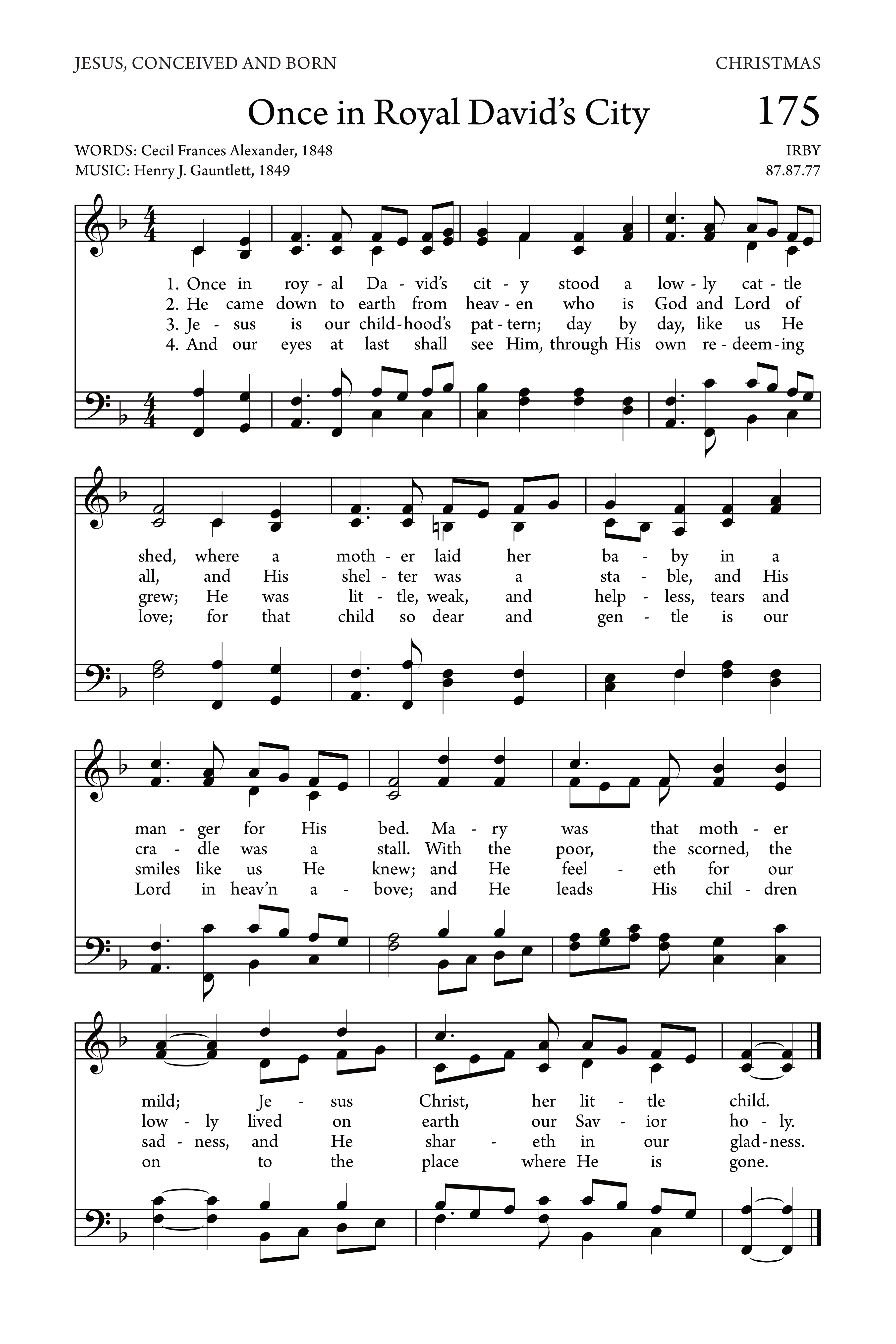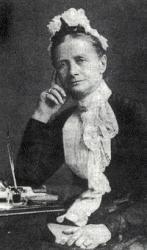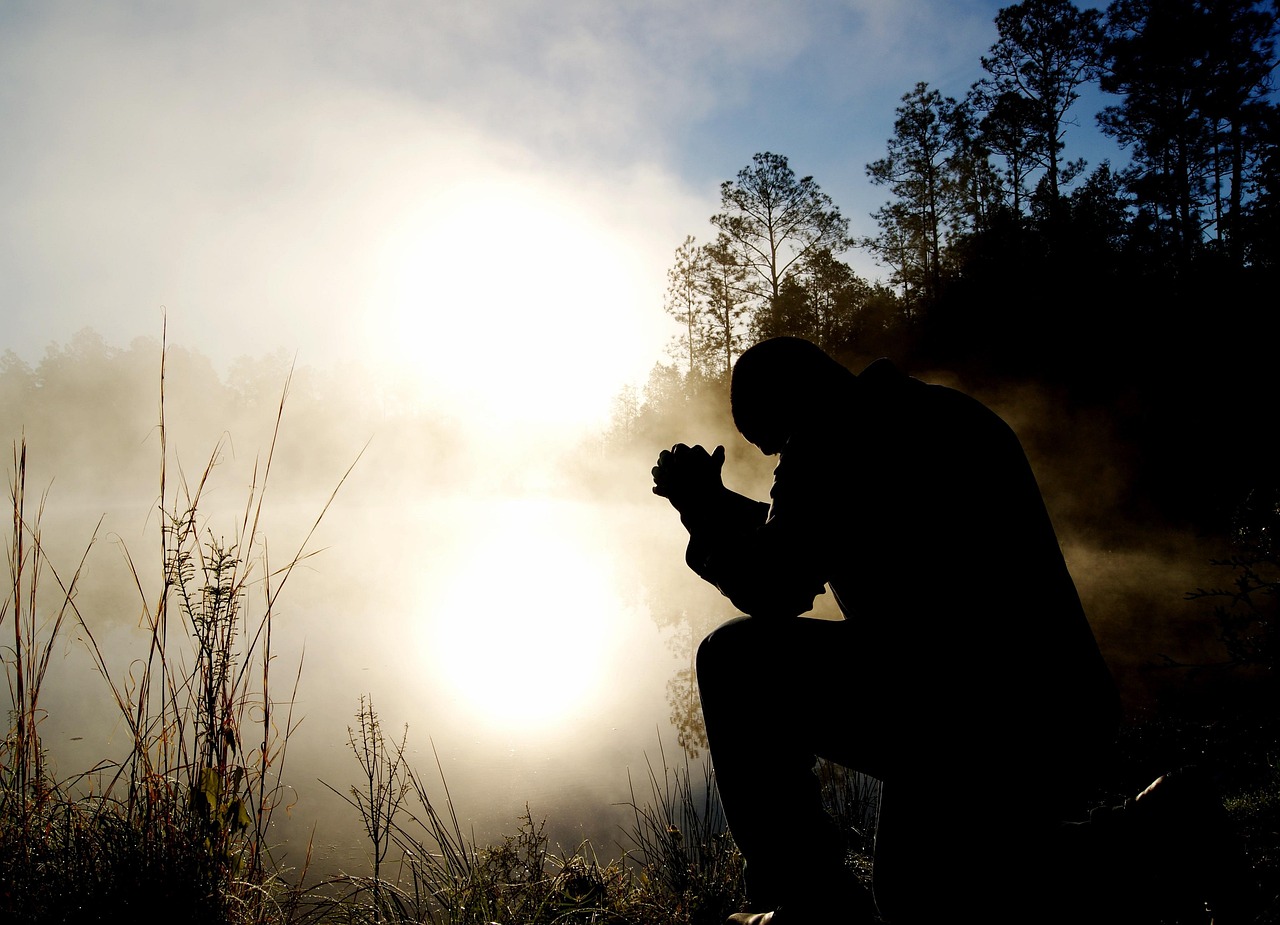Once in Royal David's City
By Cecil Frances Alexander
Lyrics
stood a lowly cattle shed,
where a mother laid her baby
in a manger for His bed:
Mary was that mother mild,
Jesus Christ her little Child.
who is God and Lord of all,
and His shelter was a stable,
and His cradle was a stall:
with the poor, and meek, and lowly,
lived on earth our Savior holy.
through His own redeeming love;
for that Child so dear and gentle
is our Lord in heav'n above,
and He leads His children on
to the place where He is gone.
with the oxen standing by,
we shall see Him, but in heaven,
set at God’s right hand on high;
when like stars His children crowned
all in white shall wait around.
#Christmas Carols
Bible Reference
Luke 2:4–7
About This Hymn
“Once in Royal David’s City” is one of the most beloved Christmas carols in the English-speaking world, written in 1848 by Irish hymn writer Cecil Frances Alexander. Alexander, who is remembered for her remarkable ability to make biblical truth simple and accessible to children, composed this hymn as part of her collection Hymns for Little Children. This collection included hymns designed to explain the Apostles’ Creed and other basic Christian doctrines. “Once in Royal David’s City” was written to teach children about the incarnation of Jesus Christ, drawing attention to His humble birth in Bethlehem as foretold in Scripture.
The hymn’s text begins with the vivid imagery of the nativity scene, emphasizing the humility of Christ’s birth in a “lowly cattle shed,” and progresses to highlight His obedience, gentleness, and role as Savior and King. By presenting Christ’s humanity in such a tender and relatable way, Alexander helps children and adults alike to grasp the mystery and significance of the incarnation. The hymn also reminds believers of Christ’s sympathy and care for His people, drawing a connection between His humble beginnings and His eternal reign in glory. Its simple language, drawn from Scripture, reflects Alexander’s goal of teaching profound truths in a way that even the youngest could understand.
Musically, the hymn is most commonly sung to the tune Irby by Henry John Gauntlett (1805–1876). It gained worldwide recognition when it became the processional hymn for the annual Festival of Nine Lessons and Carols at King’s College, Cambridge, beginning in 1919. Traditionally, the first verse is sung as a solo by a boy chorister, creating a solemn and reverent opening to the service. Over time, this hymn has become a symbol of Christmas worship, not only in churches but also in concerts and carol services around the world.
Alexander’s work is significant in the history of hymnody. She was the wife of William Alexander, later Archbishop of Armagh, and devoted much of her life to writing hymns and poems for children. Her other well-known hymns include “All Things Bright and Beautiful” and “There Is a Green Hill Far Away.” In “Once in Royal David’s City,” Alexander’s deep reverence for Scripture and her heart for teaching children are beautifully evident. The hymn bridges the gap between simplicity and theological depth, celebrating both the humanity and deity of Christ, who came to dwell among us. Today, it continues to inspire worshippers to reflect deeply on the meaning of Christ’s incarnation, His humility, and the hope of eternal life with Him.


📬 Subscribe to Our Devotional Updates
Receive weekly hymns, devotionals, and website features directly in your inbox.
Hymn Information

- Category: Hymn
- Author/Writer: Cecil Frances Alexander (1848)
- Added: August 24, 2025
- Last Updated: August 24, 2025
- Views: 1085
MIDI File
More Hymns by Cecil Frances Alexander
Recent Blog Posts
-
 The Origins of the Christmas Tree
The Origins of the Christmas Tree
Dec 14, 2025 -

-

-
 How to Develop a Consistent Prayer Schedule
How to Develop a Consistent Prayer Schedule
Dec 11, 2025 -
 How to Forgive Someone Who Deeply Hurt You
How to Forgive Someone Who Deeply Hurt You
Dec 11, 2025
Visit Us on Social Media
Latest from X (Twitter)
Tweets by HymnalLibraryLatest from Facebook
Latest on YouTube
Daily Bible Verse
Disclaimer
The hymns, sheet music, MIDI files, and related content on this website are provided for educational and research purposes only.
- Public Domain: Many of the hymns featured here are in the public domain and may be freely used.
- Copyrighted Works: Some hymns may still be under copyright protection. Where applicable, permission has either been requested from the copyright owner, or the content is shared under the principles of fair use for educational purposes.
⚠️ Important Notice: If you wish to reproduce, distribute, or use any copyrighted hymn beyond personal study or educational use, you must obtain permission directly from the copyright holder. This website does not grant any rights for commercial use yet.
If there is any other question please address it to us in our Contact Page, for further assistance. Thank you for using the site. May God Bless You.